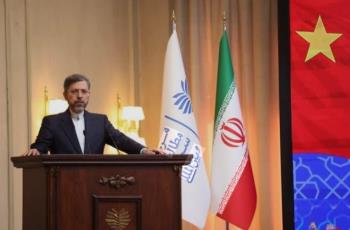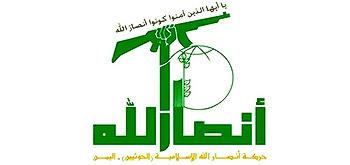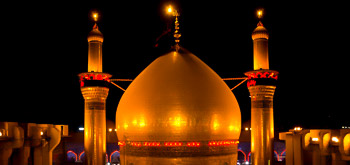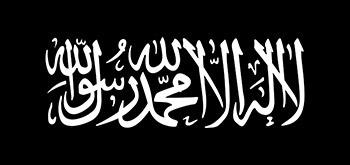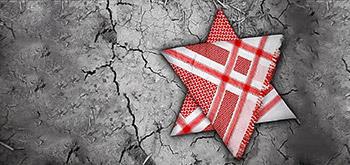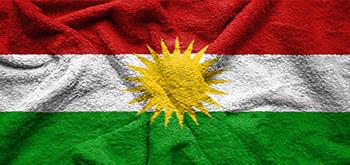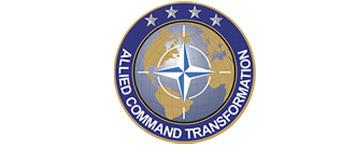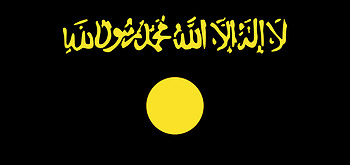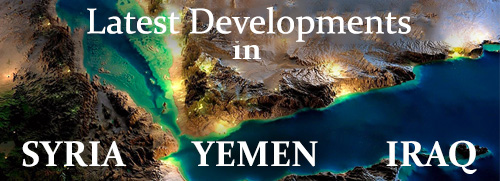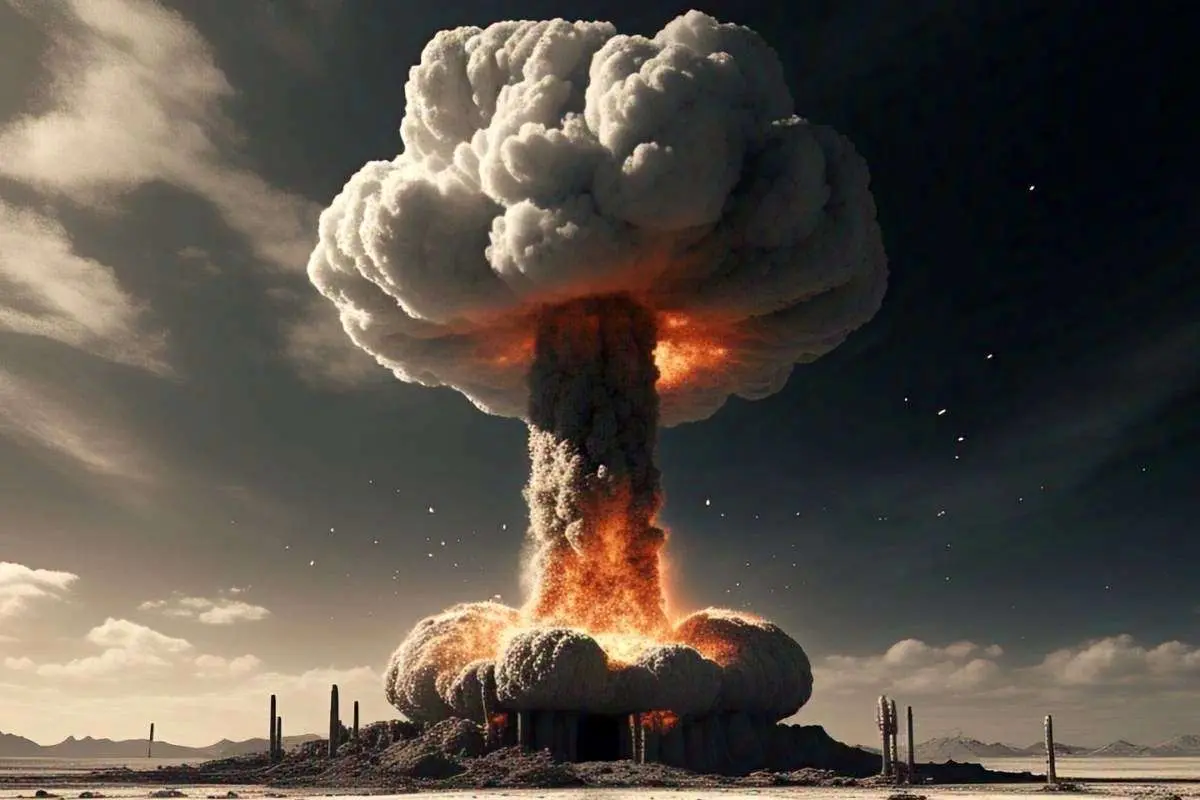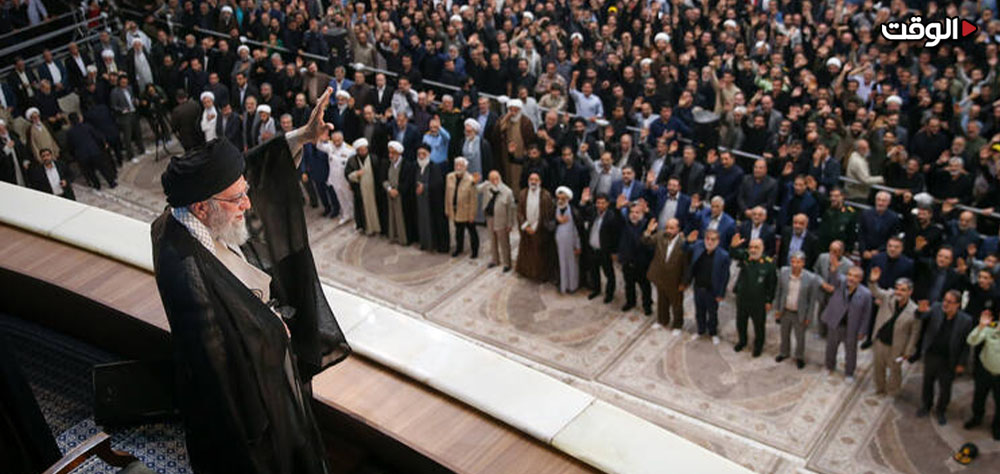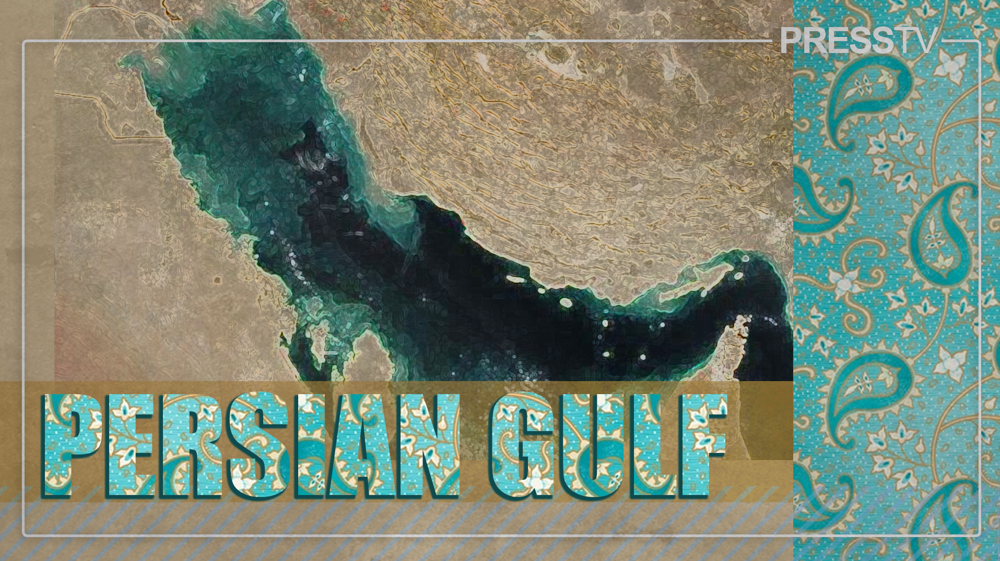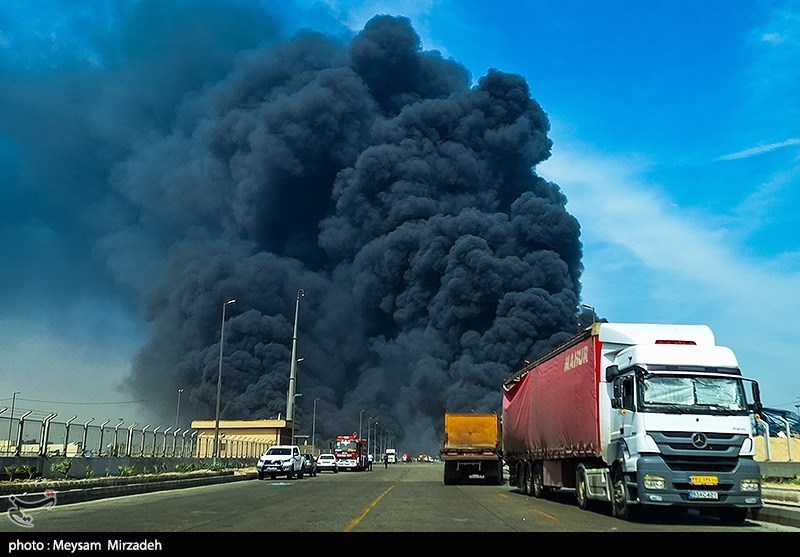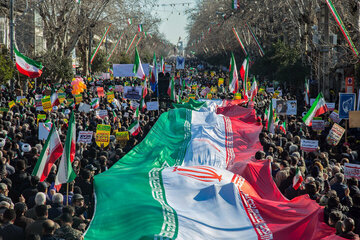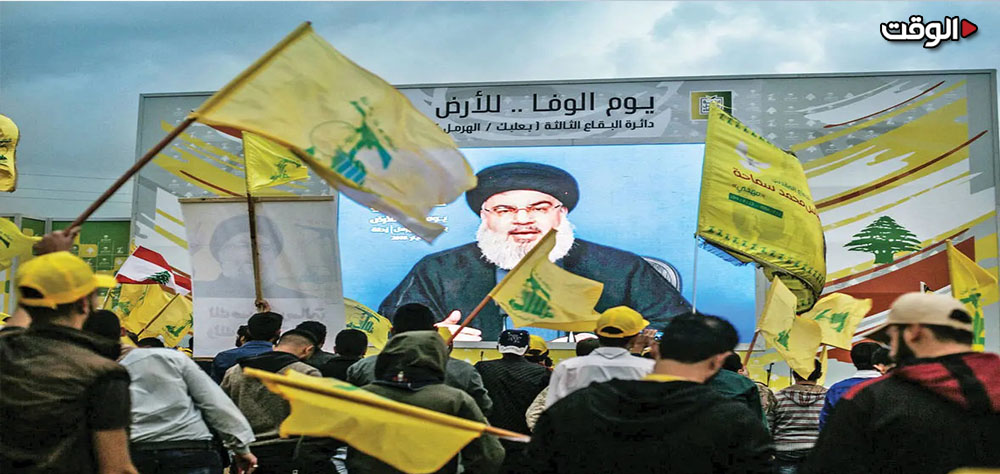Alwaght- With the collapse of the Soviet union, the illusion rose that the era of nuclear competitions was declining and the treaties banning the nuclear tests made the cornerstone to a more secure order.
But today the dust of history is winding down. Trump's shocking decision to put the US on high alert to conduct nuclear tests after over three decades is not just an change of internal policy, but the first shot of an unprecedented arms race in the 21st century. This move is like a stone falling in the still-waters of the international relations, with its waves affecting the whole world.
Trump has instructed the Pentagon to begin this process "on an equal footing with other nations" immediately. Striking a threatening tone, he stated, "America has more nuclear weapons than any other country, and during my first term, our nuclear arsenal was fully modernized and updated. Because of their massive destructive power, I hated to do it, but I had no other choice."
The last US nuclear test was conducted in September 1992 at the Nevada test site, an event that ended decades of nuclear testing. The program, which began in 1945, involved a total of over a thousand nuclear explosions at various locations, including Nevada, Alaska, and the Pacific Ocean.
It is worth noting that a few months ago, due to tensions with Russia over Ukraine, Trump ordered U.S. nuclear submarines to be deployed off the Russian coast. The order to resume nuclear testing followed an announcement by Russian President Vladimir Putin last week that Moscow had tested its "Poseidon" nuclear torpedo, which he called a "major success."
Although limited information is available on the new Russian weapon, the autonomous, nuclear-powered torpedo, which is capable of carrying a nuclear warhead, is said to be able to use an underwater nuclear explosion to create radioactive waves that would render coastal areas uninhabitable. The Russian leader himself confirmed that no comparable system in the world can match its speed and depth, making it impossible to intercept.
In a report seeking to corroborate Trump's claims that rivals are preparing for nuclear tests, The New York Times alleged that satellite images show China may be preparing a facility for an underground nuclear test. The suggestion is that its goal may be to demonstrate that if other countries resume testing, China can respond in kind.
China and Moscow's strong response
But as was expected, immediately after Trump's official announcement, China and Russia strongly responded to his controversial order.
China has called on the US to adhere to the nuclear test ban, urging Washington to take coherent measures to protect the global disarmament and non-proliferation regime, and to support global strategic stability and balance.
Meanwhile, Leonid Slutsky, Chairman of the International Affairs Committee of the Russian State Duma, warned: "The resumption of US nuclear tests, halted since 1992, could trigger a chain reaction and plunge global security into chaos."
Experts react to Trump's inflammatory move
Experts say that revival of the nuclear tests by the US will cost them considerably. Ernest Moniz, the US Secretary of Energy under Barack Obama, estimates that even a demonstrative nuclear explosion, conducted without the aim of gathering scientific data, takes a year of preparation.
Corey Hinderstein, a former senior official at the National Nuclear Security Administration (NNSA), stated that the agency would need to drill a new vertical shaft, an undertaking with an estimated price tag of approximately $100 million.
Further complicating the effort is a potential "brain drain." Paul Dickman, a seasoned nuclear policy official, warned that the U.S. may struggle to find personnel with hands-on experience in the complex procedures of live testing. "Effective test managers are not bureaucrats or people behind PowerPoints," Dickman cautioned. "They are people who have real, practical experience."
Ankit Panda, author of "The New Nuclear Age" and a senior fellow at the Carnegie Endowment for International Peace, argued that a US test would effectively give China and Russia a green light to restart full-yield nuclear tests, something neither has done for years.
"The non-proliferation regime is already under tremendous strain," Panda said. "Russia, China, and the United States don't even agree on the fundamental principles that underpin this regime anymore."
Nuclear-flavoured new Cold War
Trump's recent decision to resume nuclear tests has once again put the international climate into a new stage of arms race. This move, mainly justified under boosting the US deterrence and maintaining military superiority, is actually an open response to the growing Chinese and Russian power gain in advanced weapons and strategic technologies. Washington sees these two actors not as just geopolitical rivals but direct threats to its global position.
In recent years, Moscow and Beijing have been developing their nuclear arsenals, hypersonic systems, and missile capabilities at a remarkable pace. This rapid modernization has rattled Washington, particularly as key arms control treaties like New START teeter on the brink of collapse due to tensions between Moscow and the West over the Ukraine crisis. From the perspective of some analysts, Trump's decision can be seen as an attempt to restore the US to an era of absolute nuclear dominance, where Washington single-handedly set the rules of the game.
According to a recent estimate by the Stockholm International Peace Research Institute (SIPRI), the US possesses 5,177 nuclear warheads, Russia has 5,459, and China is on track to reach 1,500 warheads by 2035. The sheer scale of this accumulated destructive power is sufficient to end the world as we know it; a direct conflict between these powers would impose irreversible consequences on humanity and the planet.
Given the current global instability, Trump's decision could seriously ignite a new Cold War, one fought not just over political influence but over technological superiority and nuclear deterrence.
A resumption of nuclear testing would almost certainly trigger reciprocal actions from Russia and China, as neither power would be willing to fall behind in a new arms race.
To this end, Sergei Shoigu, Secretary of Russia's Security Council, emphasized that the country has always kept its test sites on standby, stating that Moscow is always prepared to conduct a nuclear test.
Dmitry Peskov, the Kremlin spokesperson, echoed President Putin's position, stating that "if any power withdraws from the moratorium on nuclear weapons testing, Russia will be forced to do the same."
Therefore, given the Russians' unequivocal stance, the world may once again witness a costly and dangerous nuclear competition, a race that would undermine international strategic stability and heighten the risk of proxy conflicts.
Furthermore, the new US policy to enhance nuclear capabilities is not limited to its own borders. By granting approvals to close allies like Australia and South Korea, Washington has enabled them to move forward with developing nuclear-powered submarines, thereby extending the nuclear rivalry into new theaters and alliances.
This move, in addition to creating a regional deterrence against China and Russia, bears signs of a strategic shift in the US's global policies that aim at bolstering militaries of allies to push back against the bigger military powers instead of directly deploying forces in this wide world scope.
However, Trump's nuclear tests order and his green light for nuclearization of allies can bring catastrophic consequences to the world order.
On one hand, this decision heightens the risk of disrupting the balance of power in strategic regions like East Asia and the Pacific, setting the stage for intensified competition and tensions among regional powers.
On the other hand, such a move severely undermines the legitimacy and efficacy of international arms control institutions and non-proliferation treaties, effectively marring decades of global efforts to curb an arms race.
To summerize, should this trend of nuclear competition continue, the world will once again find itself on the brink of a new era of mutual distrust and weapons competition.
In such inflamed climate, the countries will rush to nuclear arms development or acquisition with the aim of maintaining their security, and with the entry of new actors to the nuclear club, the global balance will grow fragile further, a situation that not only jeopardizes the global peace but also puts the future of man in a shadow of uncertainty and insecurity.


